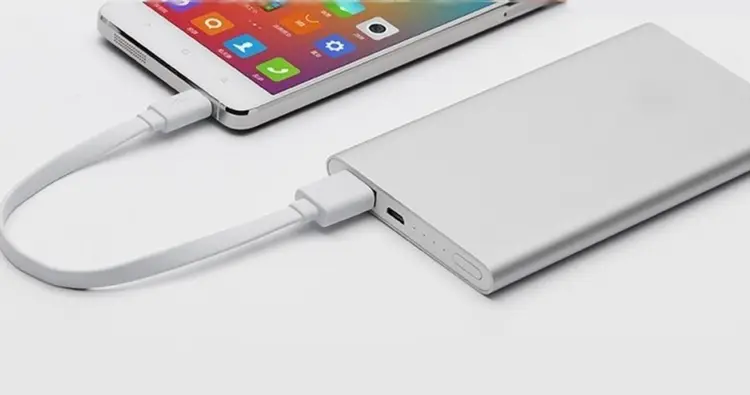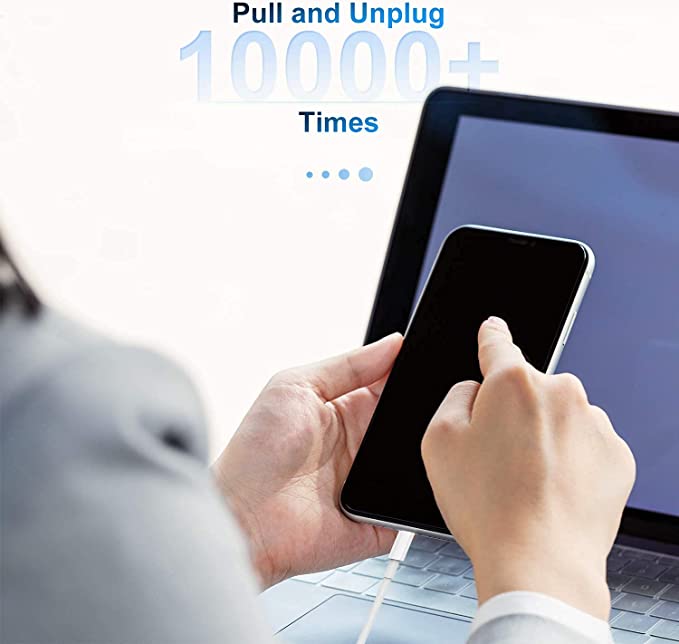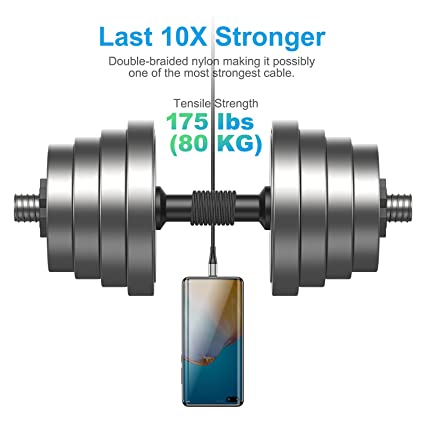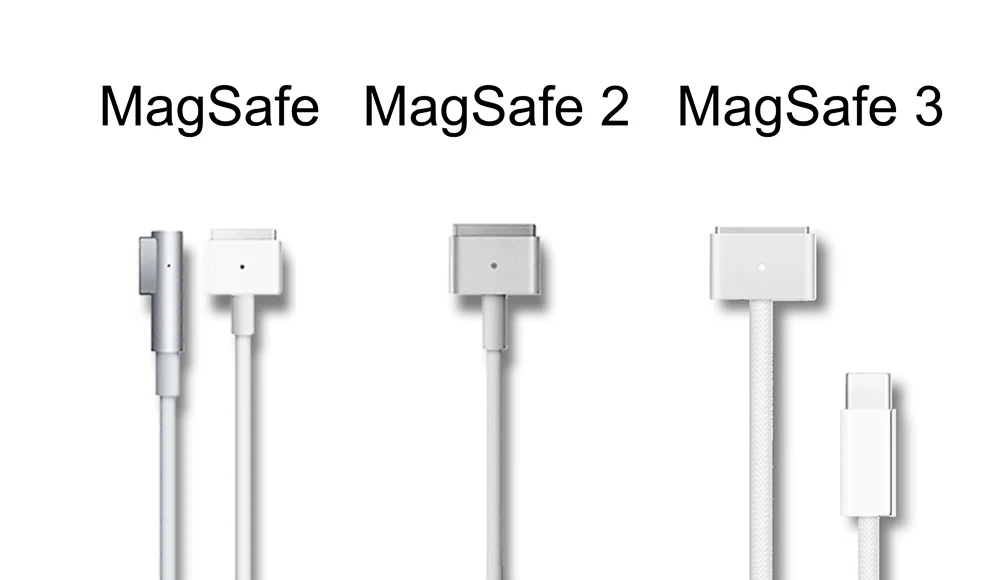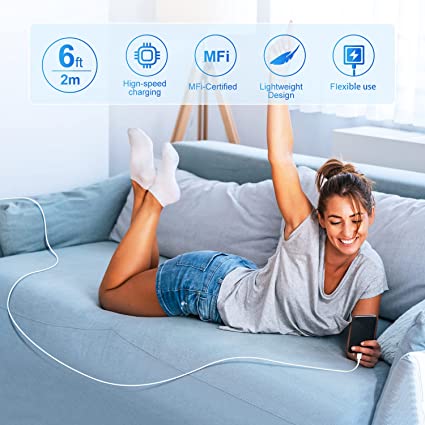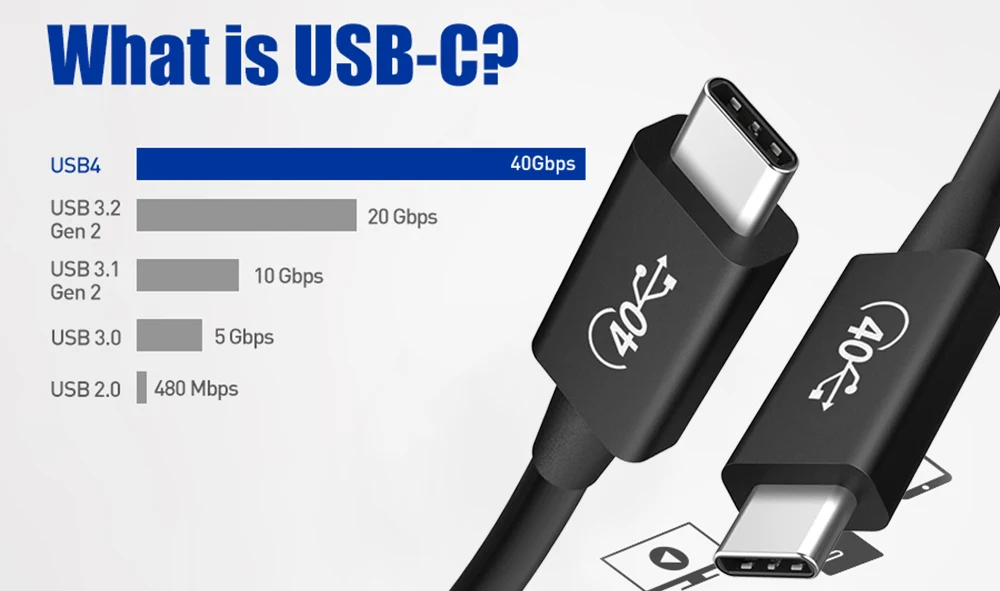How Do You Choose the Best Power Bank and Avoid Common Mistakes?
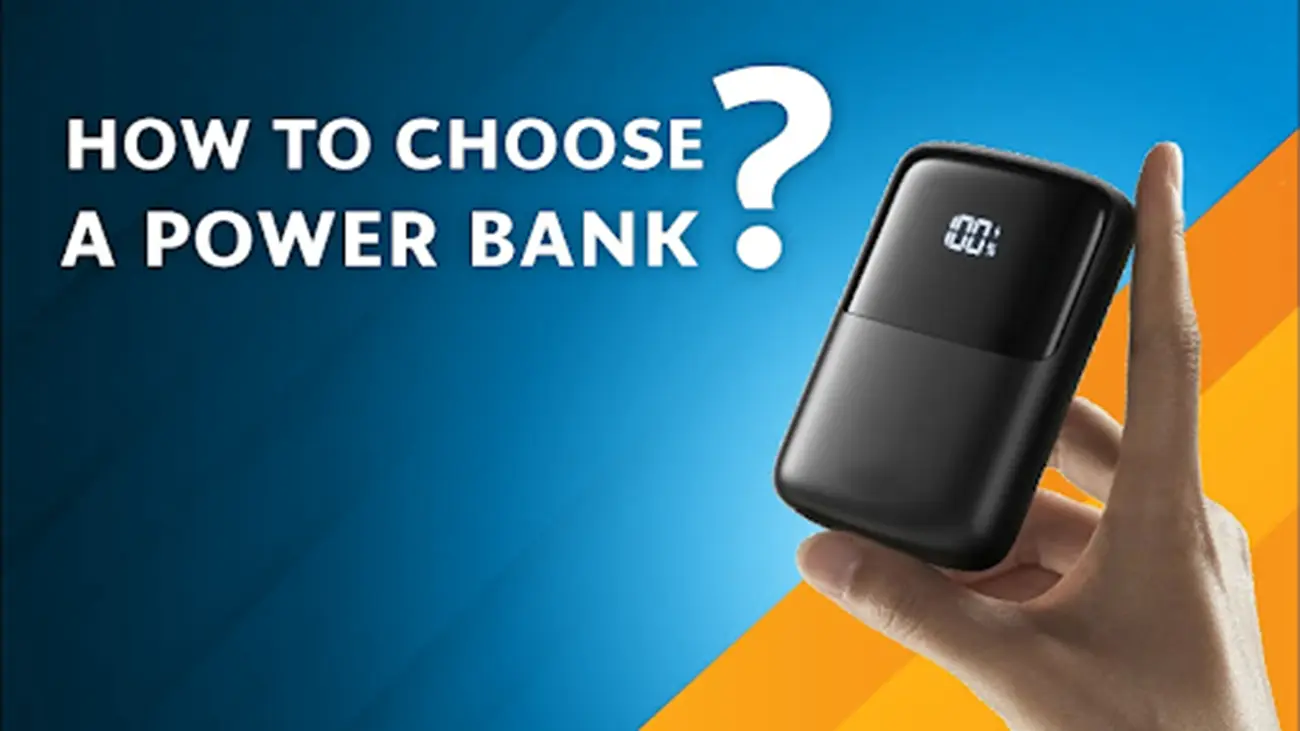
We’ve all been there, your phone hits 1% battery just when you need it most. Whether you’re travelling, stuck in traffic, or spending a long day out, having a dead device is more than just annoying; it can throw off your whole day. That’s where a good power bank comes in. But let’s be honest, choosing the right one can feel confusing. With so many sizes, brands, and features out there, how do you know which power bank is worth your money? We’ll walk you through the key features to look for, share expert tips to help you make a smart choice, and even warn you about common mistakes to avoid.
What To Look For When Buying A Power Bank?
Choosing the right power bank can make a big difference in keeping your devices charged on the go. Capacity (mAh) is the most obvious spec. More mAh means more stored energy but you also need to consider output, ports, charging protocols, size, and safety. Below are the key factors to compare when shopping:
- Battery Capacity (mAh): This tells you how much total charge the power bank holds. Higher capacity (like 10,000mAh vs 5,000mAh) lets you recharge your device more times before recharging the power bank. For example, modern smartphones often have ~3,000mAh batteries, so a 10,000mAh bank can roughly fill it about 2–3 times. (In general, look for a power bank that can recharge your phone at least twice before it needs charging.
- Output Power (Wattage/Amperage): Power banks list output as volts and amps or watts (V×A=W). Standard USB is 5v, and many banks put out 2A (10w) per port. Higher-output banks can do 18w, 20w or more, charging faster. For example, USB Power Delivery (PD) banks can deliver 18–100w via USB-C, enough to charge laptops. When choosing, match the output to your device: smartphones often fast-charge at 15–25w, tablets around 18–30w, and even higher (45–100w) if you want to charge a laptop or Nintendo Switch. Always check the bank’s output rating; a higher wattage means faster charging, provided your device and cable support it.
- Port Types: Check what ports the bank has. USB-A is the old rectangular port used by most devices and cables. USB-C is newer and reversible, now the default on phones and laptops; it can typically handle higher power (and may support PD fast-charging). Some banks also have Micro-USB inputs (for charging the bank itself) or even wireless charging pads. As a rule, look for at least one USB-A output and one USB-C output/input to cover most devices. In fact, USB-C inputs/outputs on power banks are highly recommended now since many new devices (and iPhones with a USB-C-to-Lightning cable) use it.
- Fast-Charging Protocols: Modern power banks often support fast-charge standards. The two big ones are USB Power Delivery (PD) and Qualcomm Quick Charge (QC). USB-PD is a universal standard over USB-C that can deliver up to 100W (even 240W in the latest version). It’s used by iPhones (8 and newer with the right cable), many Androids, tablets and laptops. Quick Charge is Qualcomm’s standard (common in many Android phones) that uses higher voltages like 9V or 12V for faster charging. Newer QC versions (QC 4.0, QC 5.0) can even overlap with PD. When shopping, see if the bank lists “PD” or “QC” support – this tells you if it can fast-charge compatible devices. Remember that fast-charge only works if all parts match: the power bank, the cable, and your device must each support the same fast-charge standard.
- Size and Weight: Higher capacity usually means bigger and heavier. A tiny 5,000mAh bank might be around a thick phone (≈120–150 g) and pocket-friendly, while a 20,000mAh brick could be 300–400 g and feel bulky. Think about how you’ll carry it: for daily commuting or a night out, a slim 5–10K mAh bank is usually enough and easy to slip into a pocket or small bag. For longer trips or multiple devices, you might accept a larger battery for the extra power. Always check the dimensions and weight in the specs.
- Design and Portability: Beyond size, consider the shape and extra features. Some banks have flat, credit-card shapes for easy pockets; others are rugged with rubber sides for outdoor use. Look for handy features: built-in cables (so you never forget your cord), LED battery indicators, or even solar panels or wireless charging if you need them. Remember that odd shapes or very thick banks might not feel comfortable in a pocket, so choose a design you’ll actually carry.
- Price: Power banks range from about $15 up to $150+. Very cheap models (under ~$30) often have low capacity (2–3K mAh) and fewer features. In general, expect to pay more for higher capacity, fast-charge support, and a reputable brand. Many well-reviewed 10K–20K mAh banks fall in the $20–$50 range, while premium 20 K+ models with laptop-level output can be $60–$100+.
- Safety Features: Safety is crucial. Look for banks that advertise protection against overcharge, over-discharge, over-current, short-circuit, and over-temperature. Good brands will UL/CE/FCC-certify their batteries and provide multiple layers of circuitry to prevent overheating or fire. Always check for a warranty or trusted brand – a reputable power bank will have undergone safety tests. For example, certified banks automatically cut off power when the device is full (auto shut-off) or if a short-circuit is detected. Avoid extremely cheap, no-name banks that omit these protections.
Power Bank Capacity Guide: 5000mAh vs 10000mAh vs 20000mAh.
Power banks come in many capacities, but the most common are around 5,000 mAh, 10,000 mAh, and 20,000 mAh. Here’s how they compare and what they’re best for:
- 5000 mAh: This is on the small side, roughly equivalent to 1–1.5 full charges of a 3,000 mAh phone battery. It’s extremely portable (often pocket-friendly, ~100–150 g) and great for a day trip or commute where you might need just one extra full charge. If you only occasionally top up your phone, a 5K bank is light and compact. (Keep in mind you usually won’t actually get 1.6 charges; due to inefficiencies, you’ll see closer to 1 full charge in practice.)
- 10000 mAh: This is the “everyday” size: about 2–3 full phone charges. It weighs more (~180–250 g) and is slightly larger, but can still fit in a bag or even a large pocket. A 10K bank is ideal for a full day out, short travels, or keeping both your phone and a tablet charged. Many popular models are around this capacity. Testing notes that a 10,000 mAh bank can recharge a 3,000 mAh phone up to three times, making it handy for a weekend or multi-device charging.
- 20000 mAh: This high capacity can deliver roughly 5–6 full charges. It’s bulkier and heavier (often 300–400 g, roughly the size of a large power adapter), so it’s best for travel or emergency backup rather than everyday pockets. With 20K, you can charge multiple devices overnight or keep going on multi-day trips. Just be aware it may not fit easily in a small bag or pocket.
Power Bank Nominal vs. Rated Capacity.
Rated capacity more accurately represents the actual available power. Be aware that advertised capacity isn’t what you fully get out of a power bank. Rated capacity more accurately represents the actual available power. Manufacturers label banks by the battery cells’ total mAh (at about 3.7v). When charging your phone, the voltage is boosted to 5V, and energy is lost as heat. The result: the actual usable charge is often only ~60–70% of the labelled rating.
We disassembled several power banks from different brands, including Anker, AOHi, and UGREEN, and discovered an interesting fact: a “10,000 mAh” bank theoretically yields about 7,400 mAh at 5V. In real-world tests, most power banks deliver far less than advertised. In other words, a 10,000 mAh bank might actually give you ~6,000–7,000 mAh of output. This inefficiency is normal (good quality banks aim for >85% efficiency. When planning, always check your device’s battery size and be conservative in estimating charge cycles.
How to pick out a good power bank?
When selecting a power bank, pay attention to capacity (mAh), charging speed (amps & voltage)and port compatibility to ensure it meets your needs. Look for safety features such as overcharge protection and temperature control to keep your devices safe.
Which power bank is better, 10000mAh or 20000mAh?
The significant contrast lies in many areas, including capacity, portability, recharge time, and cost. A 10,000 mAh power bank charges fewer devices or for a shorter time, while a 20,000 mAh can charge most devices multiple times.
Share This Artcle:

Fast delivery
Fastest delivery within 22 days

Quick proofing
Fastest 3-day proofing cycle

After-sale protection
24-month long warranty

1V1Customer Service
Professional customer service follow-up

